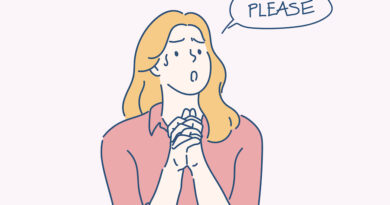8 Lessons in Creativity from John Cleese
There is no one in the world more qualified to give lessons in creativity than John Cleese.
For those who don’t know him, Cleese is the British comedy genius behind Monty Python and Fawlty Towers. He has mused on the creative process at various events over the past two decades, and he is an inspiration for me in my career. I have watched his speech at the World Creativity Forum in 2009 many times:
If the conditions for the creative process are in place, wonders can happen. As Cleese put it: “If you’re racing around all day, ticking things off a list, looking at your watch, making phone calls and generally just keeping all the balls in the air, you are not going to have any creative ideas.” Here are eight lessons in creativity to assist you in creating those conditions:
Creativity is a mood. It is not a skill or an attitude. You have to create the right conditions for the mood. Just as you can’t force yourself to feel happy, creativity is equally impossible to create artificially. You need to find a “way of operating” that allows your natural creativity to come to the fore.
Let the inner child play. The most creative people let their minds get totally immersed in a problem, like a child trying to solve a puzzle. I suppose that you could call it getting “in the zone”, but it is a zone with no rules where anything goes. When there are no “right answers”, the best solutions pop up.
Give your unconscious mind free rein. “I began to see a lot of my best work seemed to come as a result of my unconscious working on things when I wasn’t really attending to them. We can’t control our unconscious, but we can look at how we can create the circumstance in which it becomes easier for us to work with our unconscious.”
Flexible lessons in creativity
Allow your mind to meander. Creativity is not about linear, logical progression. When you contemplate a problem, you should allow your mind to slow down, to mull it over from multiple angles, almost seeing it in slow motion before coming to a conclusion. You can’t force creativity; you just have to let it happen at its own pace.
You don’t have to know where you are going. Being comfortable with uncertainty is crucial when you are in creative mode because a lot of the time, you won’t have a clue what is going on. Ideas will bounce around in your head, but let them bounce. Out of the chaos comes inspiration.
Set the boundaries of time and space. All this meandering and playing is commendable, but unless you have a quiet space in which to think and a reasonable amount of time set aside to allow yourself to get into this mindset, your creative unconscious won’t be able to cope. The stage is yours if you dedicate 90 minutes to solving a creative problem.
Don’t decide until you need to decide. If you have an unresolved issue, give your mind the maximum amount of time possible to solve it. If you are happy with your discomfort at the question still being “open”, you give your mind the time to simmer and come up with the optimal answer. Be confident that the answer will come.
Be critical, but only at the last minute. With all creativity, there needs to be a rational voice saying, “does this make sense?” However, it is all too easy to let this voice take over before you have entirely played with the problem. Keep the sensible grown-up under wraps until the inner child has woven his magic.
God, I love this guy. Amazing lessons in creativity – for us all.
***
This blog is shared with Job Seeker Duetists.
Written by former recruitment ghostwriter Paul Drury (not AI).



